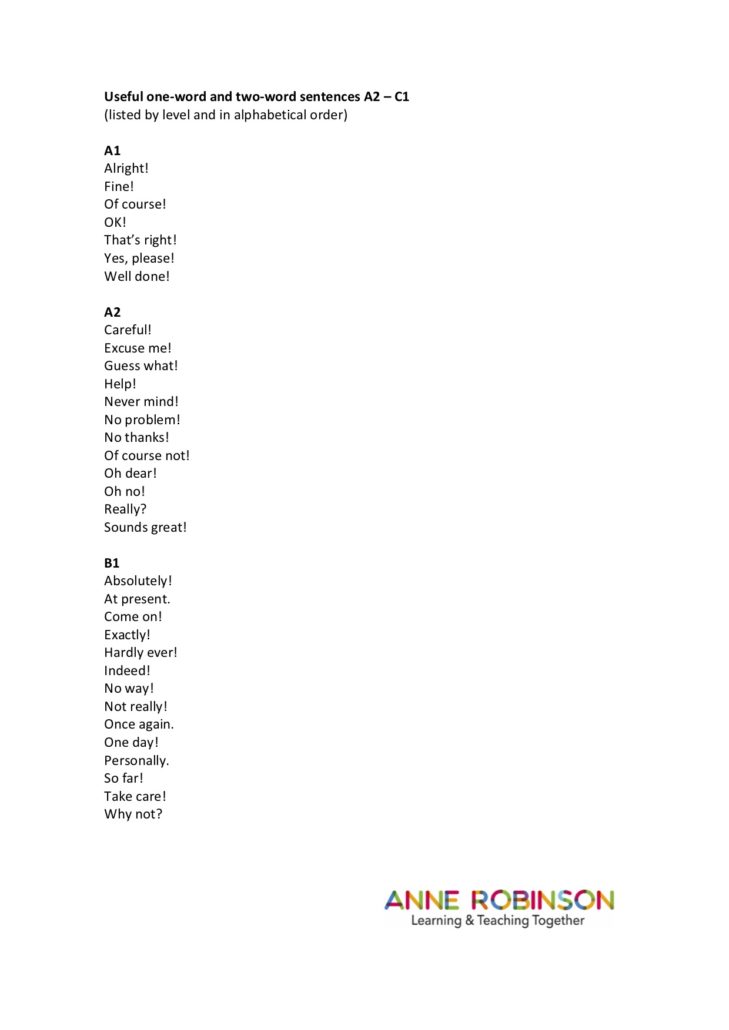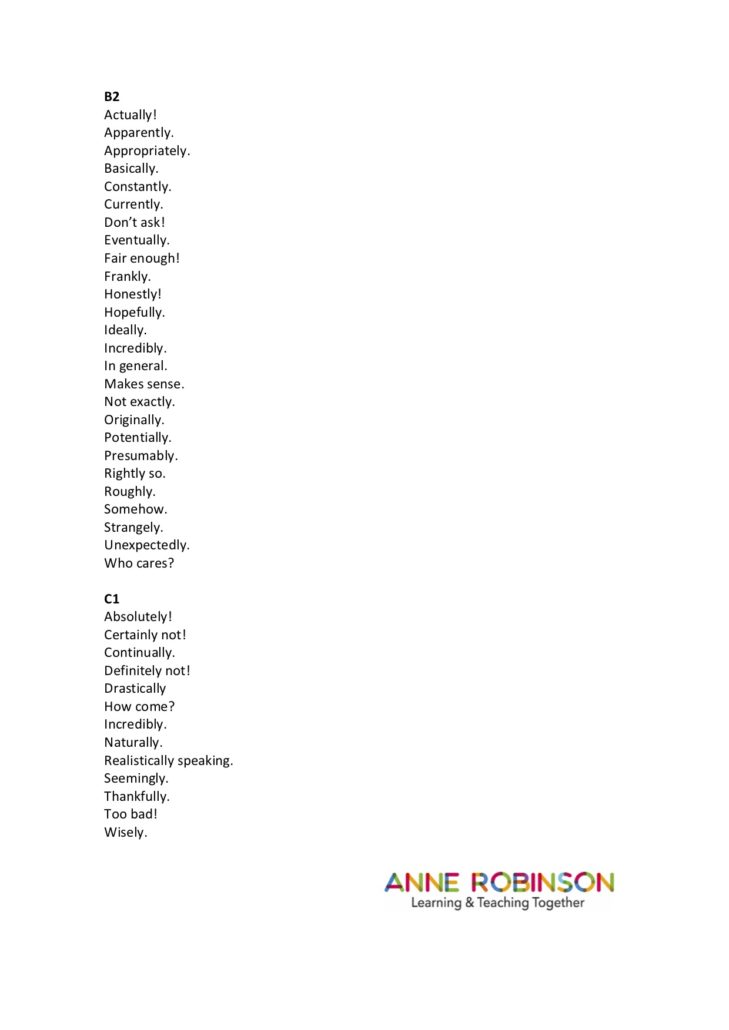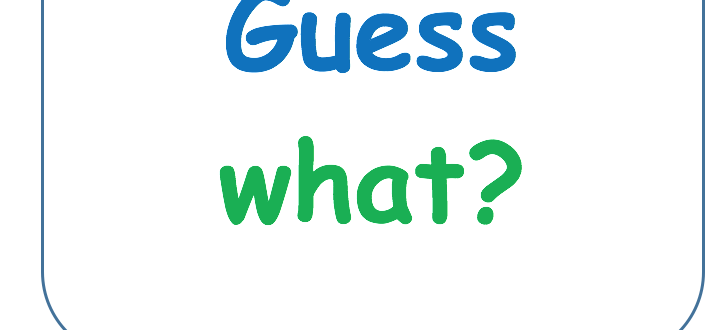One-word and two-word sentences
I’ve just finished giving a webinar where I mentioned the importance of one-word and two-word sentences (as well as sentences of other length of course)!
A good piece of writing should sound like music. I use the text below a lot in my classes when I’m training students to write. I read it out and get them to listen. It really brings home the importance of sentence variety.
This sentence has five words. Here are five more words. Five-word sentences are fine. But several together become monotonous. Listen to what is happening. The writing is getting boring. The sound of it drones. It’s like a stuck record. The ear demands some variety. Now listen. I vary the sentence length, and I create music. Music. The writing sings. It has a pleasant rhythm, a lilt, a harmony. I use short sentences. And I use sentences of medium length. And sometimes when I am certain the reader is rested, I will engage him with a sentence of considerable length, a sentence that burns with energy and builds with all the impetus of a crescendo, the roll of the drums, the crash of the cymbals–sounds that say listen to this, it is important.
I love this advice which comes from Gary Provost, an American writer and writing instructor. His books about writing have won several awards. I have one of them, 100 Ways to Improve your Writing (Updated) in my bookcase. He gives very practical advice, which is easily applied when training students.
Most students, or really anyone, have never thought about one-word or two-word sentences. Yet, they are a very simple device for breaking up a piece of writing, for giving a reader a bit of a rest. A break.
There are certain set phrases and words that lend themselves to different types of writing. I thought it would be useful to have a document with some to focus on with students.
So I decided to create one!
I checked on the English Vocabulary Profile for opinion adverbs and two-word expressions that could be used in different types of writing. I’ve created a document with a list at levels A1 up to C1, in alphabetical order.


You can download the pdf document of this list (which I will add to and update from time to time), here.

